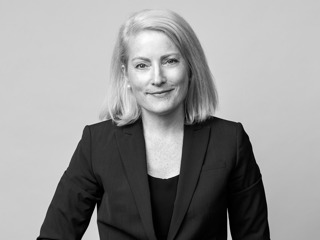Introducing the Equity Project
- Diversity in law


The Equity Project is an award-winning initiative designed to help close the gender gap in law by providing an economic incentive for change.
Through a $150 million pool of capital earmarked for financing commercial litigation and arbitration matters led by women and racially diverse lawyers, The Equity Project aims to give more women and racially diverse lawyers more opportunities for leadership that will advance their careers and level the playing field.
Burford has created a comprehensive guide to help women and racially diverse lawyers and their law firms understand how The Equity Project can help.
Introducing The Equity Project
An explanation of what The Equity Project is, how it works and how women and racially diverse lawyers (and law firms and clients that are committed to promoting diversity) can leverage the capital pool.
Key takeaways from the Equity Project Study
Highlights from the 2020 Equity Project Study: GCs and the gender gap in law, a report based on 77 interviews with general counsel and other senior in-house lawyers.
Perspectives from The Equity Project Champions
Legal and business leaders who support The Equity Project share their perspectives on how legal departments and law firms can promote diversity, equity and inclusion.
of senior women report that they have experienced a lack of access to business development opportunities due to gender
of equity partners at large firms are women
pool of capital earmarked for financing commercial litigation and arbitration matters led by women
 New York
Aviva Will
New York
Aviva Will
 New York
Liz Bigham
New York
Liz Bigham